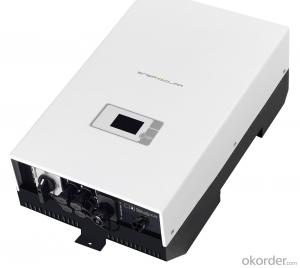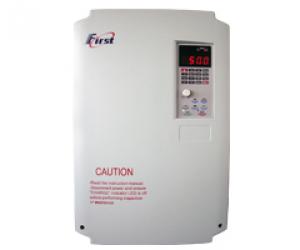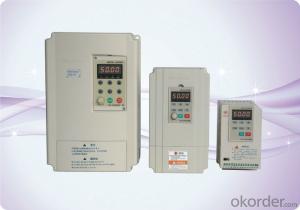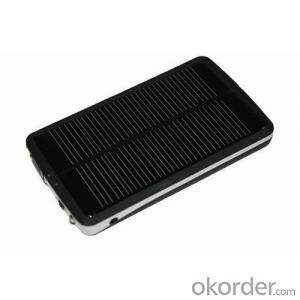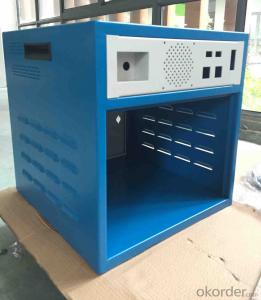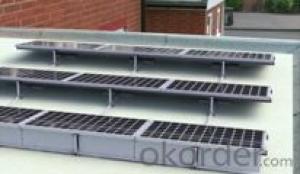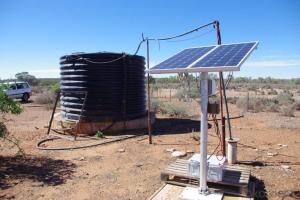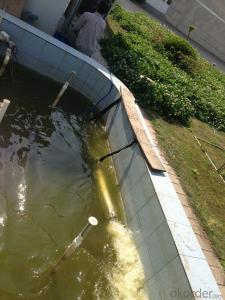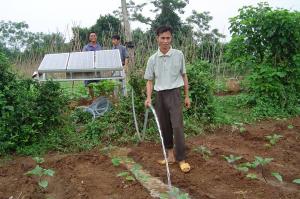Best Solar Inverter Generator
Best Solar Inverter Generator Related Searches
Best Solar Inverter Best Inverter Solar The Best Solar Inverter Best Solar Power Inverter Best Solar Battery Inverter Best Inverter For Solar Solar Inverter Best Best Inverter Solar System Best Inverter For Solar System Solar Best Inverter World Best Solar Inverter Which Solar Inverter Is Best Best Solar Panel Inverter Best Solar Inverter For Home Best Solar Hybrid Inverter Best Home Solar Inverter Best Solar Inverter Brands Best Solar Pump Inverter Best Inverter Solar Panel Top Solar Inverter Best Inverter For Solar Panels Best Solar Inverter On Grid Best Solar Inverter Battery Best Solar Inverter Charger Best Hybrid Solar Inverter Best Solar Inverter 2022 Best 12v Solar Inverter Solar Inverter Best Brands Best Solar Inverter 2019 Most Reliable Solar InverterBest Solar Inverter Generator Supplier & Manufacturer from China
Best Solar Inverter Generator is a high-quality and reliable product that combines the efficiency of solar energy with the convenience of a portable power source. This innovative device is designed to harness the power of the sun and convert it into usable electricity, making it an ideal solution for various applications where traditional power sources may not be available or practical.The Best Solar Inverter Generator is widely used in a variety of scenarios, such as outdoor camping, emergency preparedness, and off-grid living. Its ability to provide clean, renewable energy on-the-go makes it a popular choice for those who value sustainability and self-sufficiency. Whether you need to power small appliances, charge electronic devices, or run essential tools, this generator ensures that you have a dependable power source at your fingertips.
Okorder.com is a leading wholesale supplier of the Best Solar Inverter Generator, boasting a vast inventory to meet the demands of customers worldwide. With a commitment to quality and customer satisfaction, Okorder.com ensures that each Best Solar Inverter Generator is thoroughly tested and inspected before being shipped to its final destination. By partnering with Okorder.com, you can rest assured that you are receiving a top-tier product at a competitive price, backed by exceptional service and support.
Hot Products




